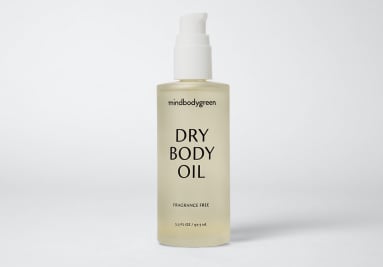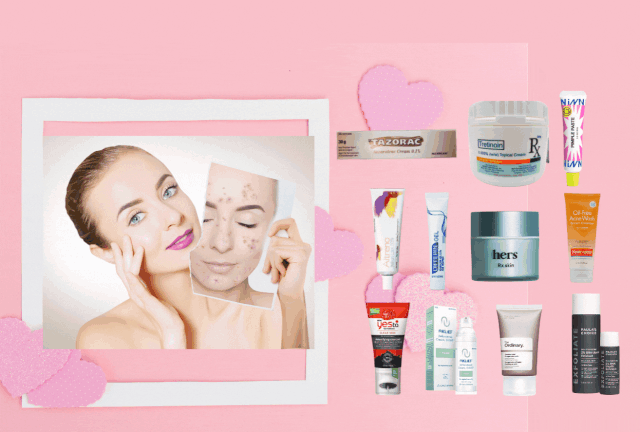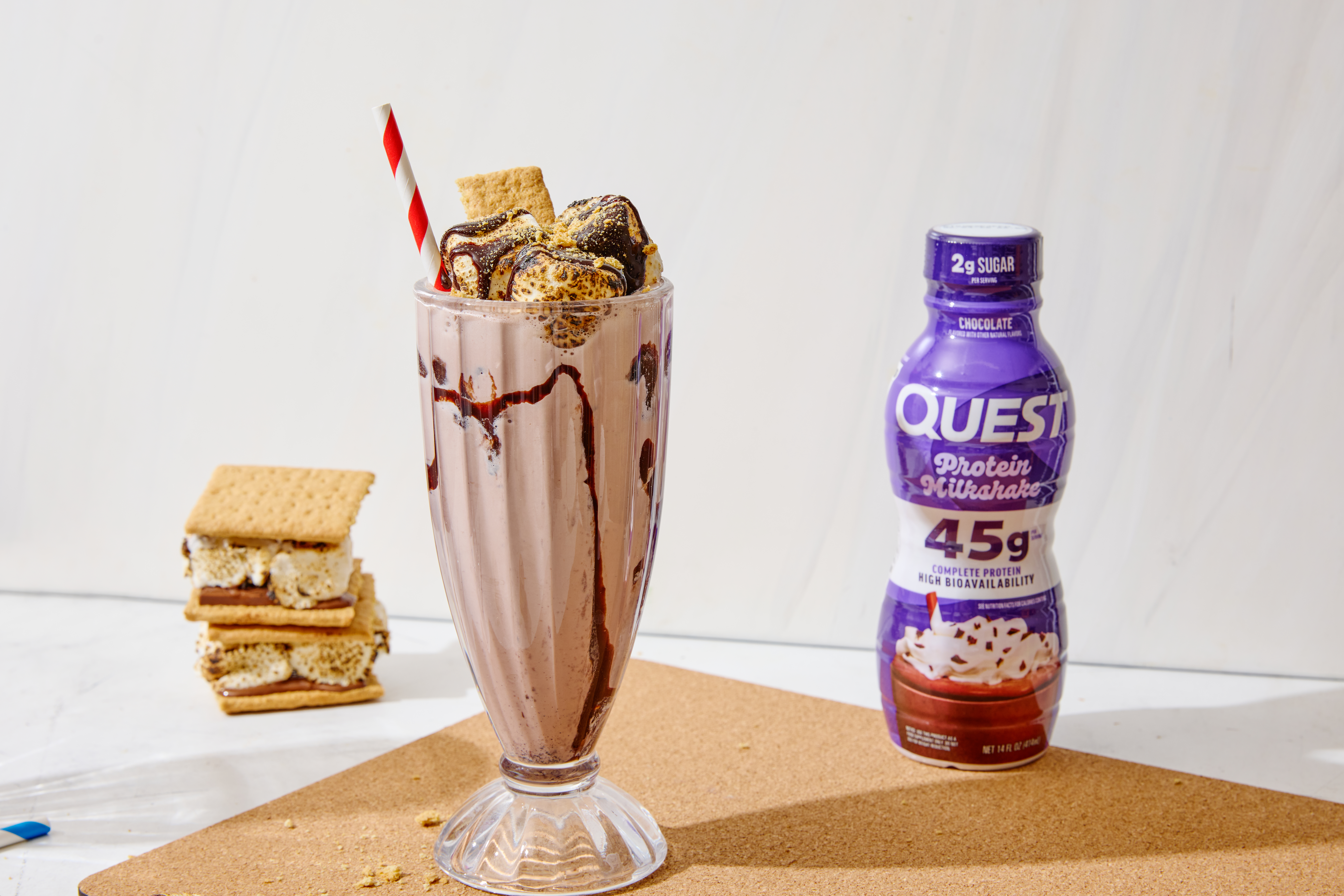All The Best Body Oils Have This One Thing In Common
When you look at various body oils, the ones that tend to be most universally appealing share a very distinct characteristic. Does yours?


mbg Beauty Director
mbg Beauty Director
Alexandra Engler is the beauty director at mindbodygreen and host of the beauty podcast Clean Beauty School. Previously, she's held beauty roles at Harper's Bazaar, Marie Claire, SELF, and Cosmopolitan; her byline has appeared in Esquire, Sports Illustrated, and Allure.com.

Image by Asya Molochkova / Stocksy
April 21, 2023
Our editors have independently chosen the products listed on this page. If you purchase something mentioned in this article, we may
Beauty is personal, and the sort of products we resonate with are deeply individualized. So I typically hesitate to declare any one characteristic as the definitive “best.” The best skin care products are the ones that you enjoy using!
However, when you look at various body oils, the ones that tend to be most universally appealing and good for most skin types share a very distinct characteristic. And no, it’s not a scent preference or even textural differentiator. It’s actually the concentration of omega fatty acids in the ingredients themselves.
Advertisement
This ad is displayed using third party content and we do not control its accessibility features.
Allow me to elaborate.
Why the best body oils use ingredients high in these fatty acids.
You’re not imagining it—some body oils simply work better than others. Body oils are meant to create a comforting layer that traps moisture underneath, allowing for all-day hydration. But lots of oils on the market can’t seem to muster this, and even worse, wear out midday so you’re left with dry, dehydrated skin.
The ones that are able to do this—meaning, your skin feels soft, moisturized, and supple all day long—usually contain omega fatty acids.
The best fatty acids for the essential fatty acids omega 3 (linolenic acid) and 6 (linoleic acid), as well as the nonessential omega 9 (oleic acid). The first two—the essential fatty acids—are often referred to as Vitamin F. (The title is a touch confusing, as these aren’t an actual vitamin.) Together, linolenic and linoleic acid create a natural seal over the skin—trapping water and nutrients underneath.
"These fatty acids are part of the seal that sits in cracks between cells in the outer skin layer," says board-certified dermatologist Joshua Zeichner, M.D. told us about fatty acids. In simpler terms, he explains to think of these as similar to the grout that sits between your bathroom tiles. "Natural fats maintain the integrity of the outer skin layer," he says. Essentially, these fatty acids help your skin barrier do its job.
You can find omega fatty acids in lots of skin care products, like lotions, face creams, and even serums. But they work particularly well in oils because they complement an oil’s intended purpose, which as I noted earlier is to create a comforting seal over the skin. Face and body oils are always your last step in a skin care routine for a reason: They’re occlusive. Products with occlusive properties lock in moisture and nutrients underneath.
Advertisement
This ad is displayed using third party content and we do not control its accessibility features.
How to find a body oil high in fatty acids
How does one go about finding if their body oil contains these fatty acids? Some brands infuse these directly into the formula so you can look for oleic acid, linoleic acid, and linolenic acid on the ingredient list. Or you can use plant oils that are naturally high in vitamin F.
Here are a few to look out for:
Advertisement
This ad is displayed using third party content and we do not control its accessibility features.
Most natural blends on the market contain a mix of several plant oils, so look for a few of the above and you should be in a good place. Just avoid options made with mineral oils—while these are highly occlusive, petroleum derived oils do not contain no fatty acids6.
The takeaway
Not all body oils are created equal. The effectiveness of the oil will come down to the ingredients used, and those with omega fatty acids tend to be the best (especially omega 3 and 6 fatty acids, or what’s known as vitamin F). Look for options formulated with sunflower seed oil, safflower seed oil, and prickly pear seed oil, like in mindbodygreen’s dry oil.
Advertisement
This ad is displayed using third party content and we do not control its accessibility features.

 JaneWalter
JaneWalter 


































